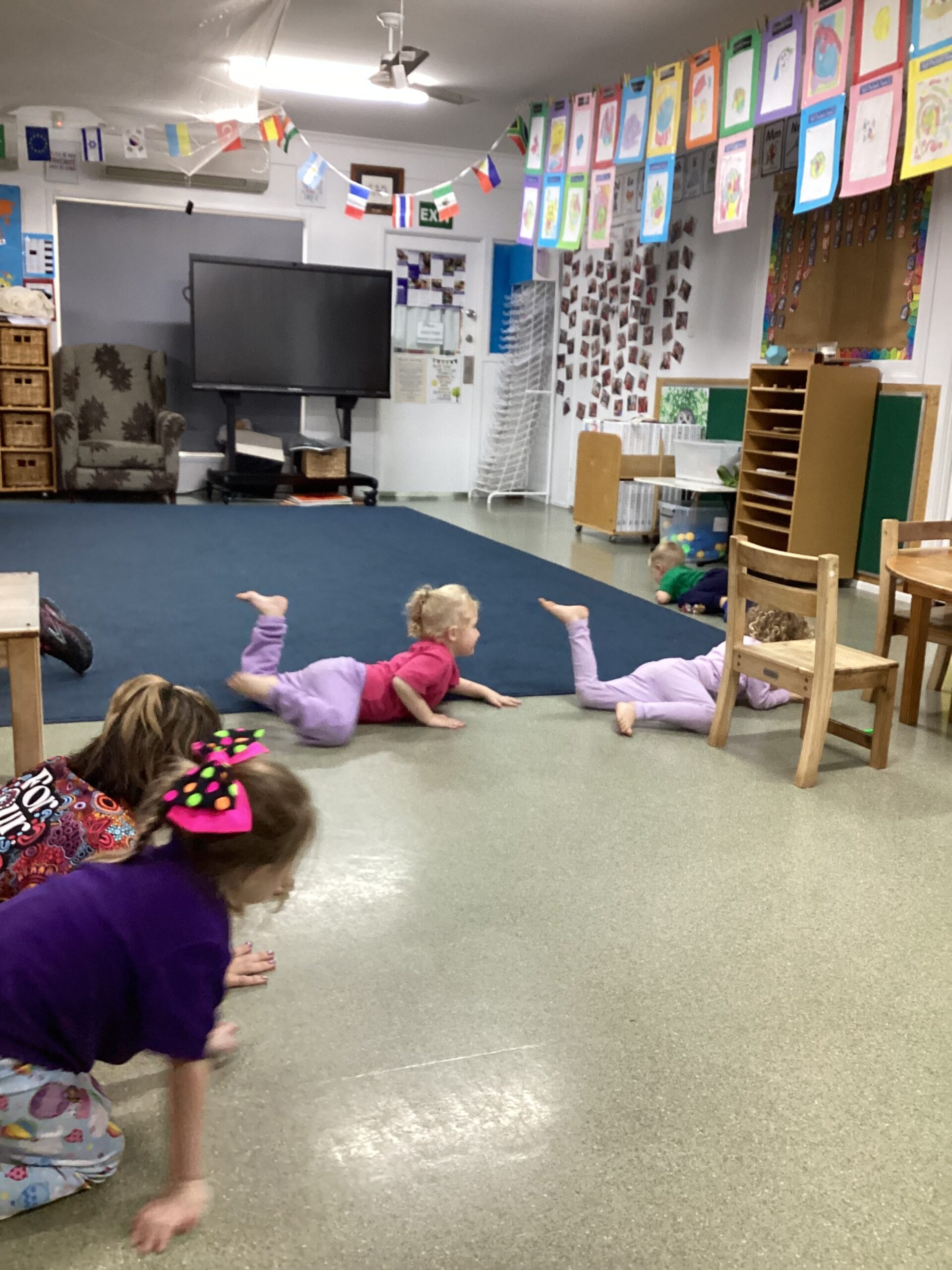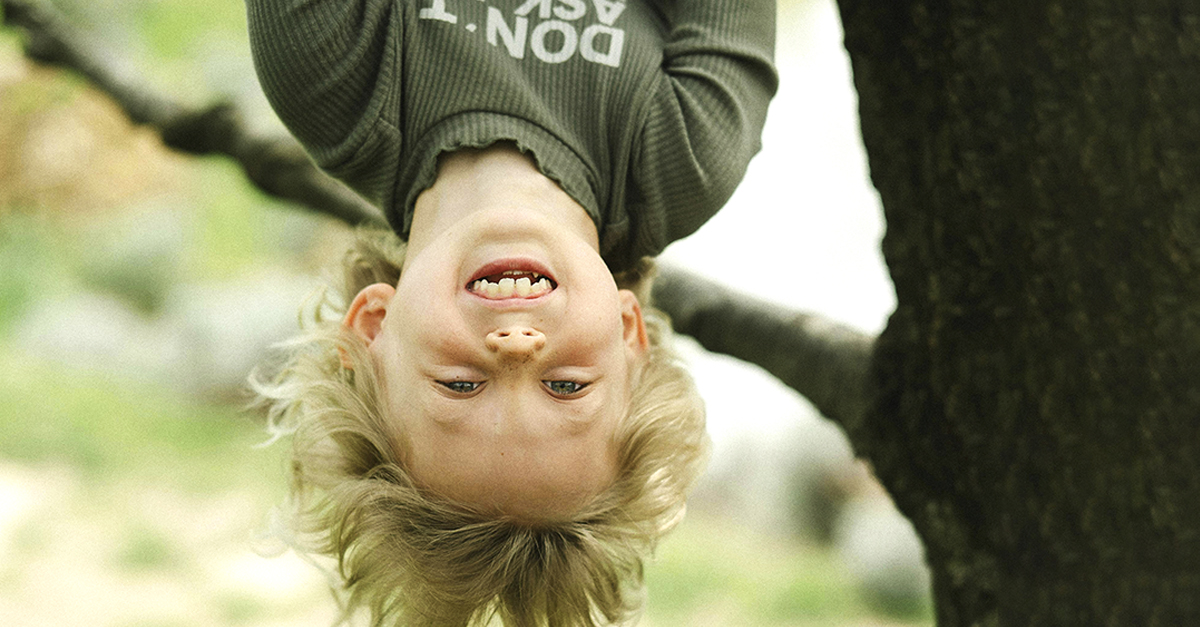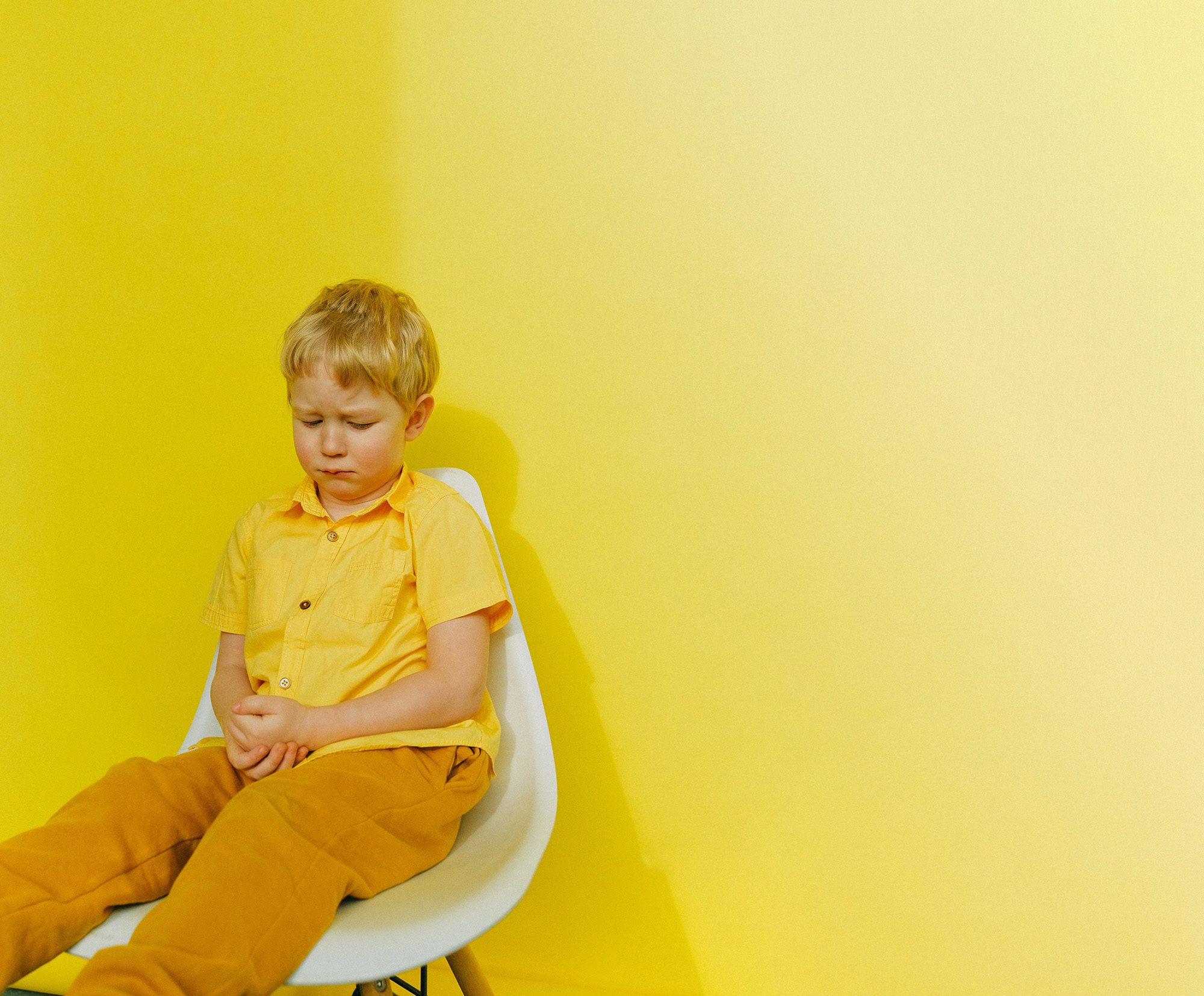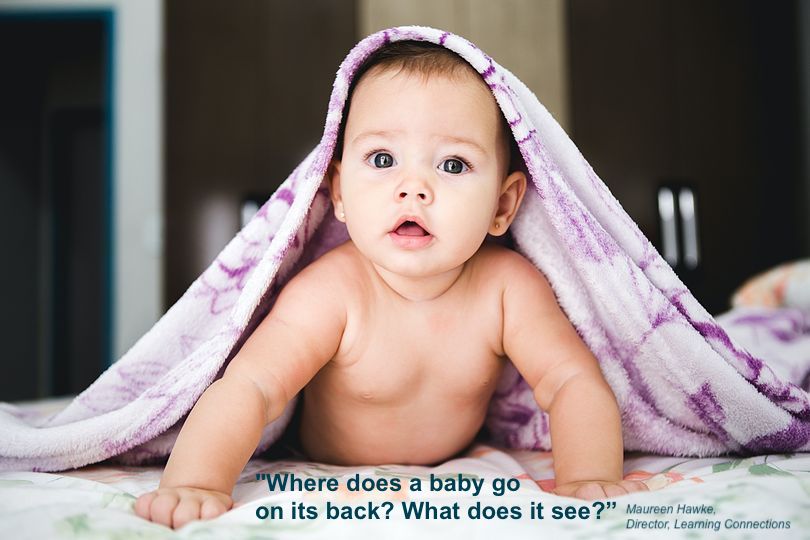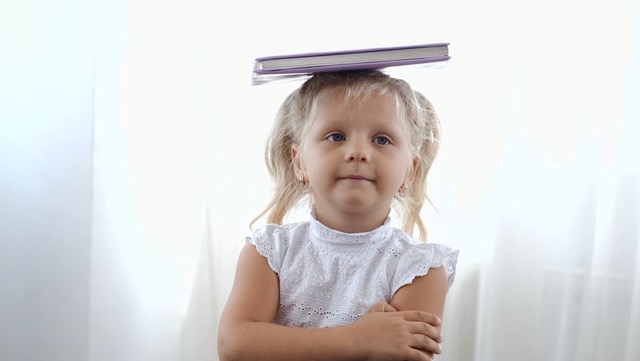How neuroplasticity makes learning possible
Every experience a child (or any of us) has – a conversation, a story read aloud, a puzzle solved with a friend – leaves a trace in their brain. Some traces are fleeting, others, if significant enough, are encoded into lasting memories that shape behaviour and future learning. Learning therefore is intimately tied to memory:…
Read article


